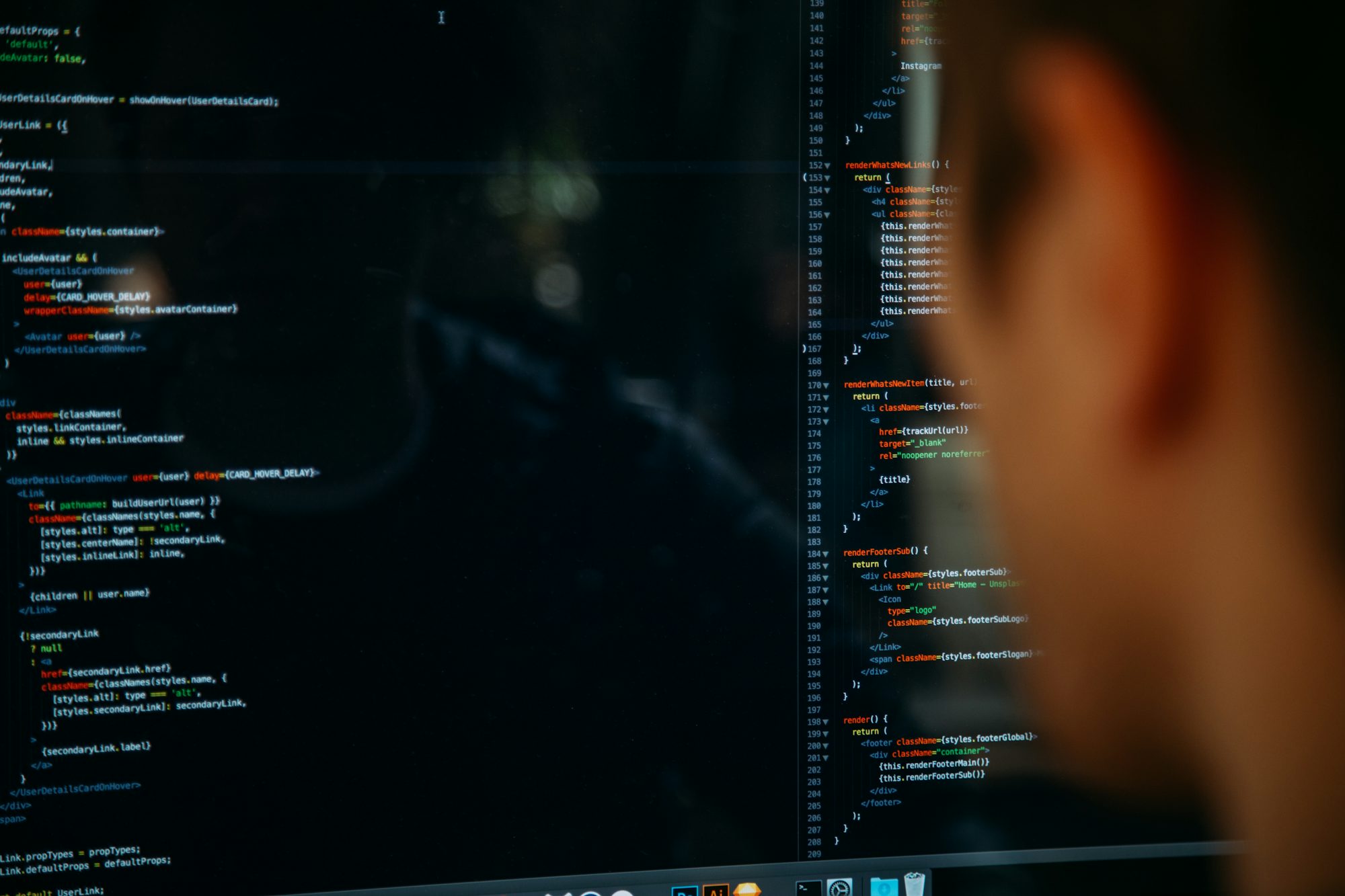Harnessing the Power of eSIM: A Technology for All Devices
An exploration of eSIM's versatility, its applications across various devices and industries, and why it continues to be a game-changer in the world of connectivity.
One of Python's most significant advantages is its readability, which is achieved through a clean syntax that emphasizes whitespace and indentation. This makes it easier for developers to write and maintain code, reducing the cognitive load often associated with programming. The language supports multiple programming paradigms, including procedural, object-oriented, and functional programming, providing developers with the flexibility to choose the best approach for their projects.
In the realm of web development, Python shines brightly with powerful frameworks like Django and Flask. Django is a high-level web framework that encourages rapid development and clean design. It includes built-in features for authentication, database management, and URL routing, which significantly speed up the development process. Flask, on the other hand, is a micro-framework that is lightweight and flexible, making it an excellent choice for small to medium-sized applications. Both frameworks allow developers to create robust and scalable web applications quickly, further solidifying Python's place in the web development landscape.
Another area where Python excels is data analysis and visualization. With libraries such as Pandas, NumPy, and Matplotlib, Python has become a go-to language for data scientists. Pandas provides powerful data structures and data analysis tools that simplify the process of working with large datasets. NumPy, known for its support of large multi-dimensional arrays and matrices, allows for high-performance mathematical computations. Matplotlib enables the creation of static, animated, and interactive visualizations, helping data analysts communicate their findings effectively. Together, these libraries empower developers to extract meaningful insights from data, making Python an invaluable asset in the data-driven world.
Python's popularity has also skyrocketed in the field of artificial intelligence and machine learning. Libraries such as TensorFlow and scikit-learn have made it easier than ever for developers to build and train machine learning models. TensorFlow, developed by Google, is a powerful open-source library for numerical computation that makes machine learning more accessible and scalable. Scikit-learn provides simple and efficient tools for data mining and data analysis, enabling developers to implement machine learning algorithms with minimal effort. These libraries have not only accelerated the pace of innovation in AI but have also made it more approachable for developers across various skill levels.
Moreover, Python's community is one of its strongest assets. The language boasts an extensive ecosystem of libraries and frameworks, which are continually updated and expanded by contributors worldwide. This collaborative spirit has resulted in a wealth of resources, including documentation, tutorials, and forums, making it easier for new learners to engage with the language. Additionally, the Python Software Foundation actively promotes the language and supports initiatives to enhance its development, ensuring that Python remains relevant in an ever-evolving tech landscape.
Python is also a popular choice in academia and education. Many educational institutions use Python to teach programming concepts due to its simplicity and versatility. Its clear syntax allows students to focus on learning programming logic without getting bogged down by complex syntax rules. As a result, Python has become a preferred language for introductory programming courses, helping to cultivate a new generation of developers.
In recent years, Python has found its way into various emerging fields, including automation and scripting. With tools like Selenium and Beautiful Soup, developers can automate web scraping and browser tasks, significantly improving productivity. Python's ability to interact with APIs also allows for seamless integration with other services, making it an ideal choice for automation projects.
The versatility of Python extends to mobile development as well. While not as commonly used for mobile applications as some other languages, frameworks like Kivy and BeeWare allow developers to create cross-platform applications using Python. This ability to write code once and deploy it across multiple platforms enhances efficiency and reduces development time, further showcasing Python's adaptability.
As Python continues to grow in popularity, its community remains dedicated to addressing challenges such as performance and concurrency. Projects like PyPy and Cython aim to enhance Python's speed and performance, making it a more viable option for performance-critical applications. The introduction of asynchronous programming features in recent versions of Python has also opened up new avenues for developers to handle concurrent tasks more effectively.
Looking ahead, Python is well-positioned to remain a dominant force in the programming landscape. Its continued relevance in key domains such as data science, AI, and web development underscores its importance to the tech industry. The language's commitment to simplicity and readability ensures that it will remain approachable for newcomers while providing the depth and flexibility that experienced developers crave.
In conclusion, Python's versatility and ease of use make it a language for all seasons. Its applications span across various domains, from web development and data analysis to artificial intelligence and automation. As the language evolves and its ecosystem expands, Python will undoubtedly continue to empower developers and drive innovation in technology. With a strong community and an emphasis on readability, Python is not just a tool for coding; it is a pathway for creativity and problem-solving in the digital age.